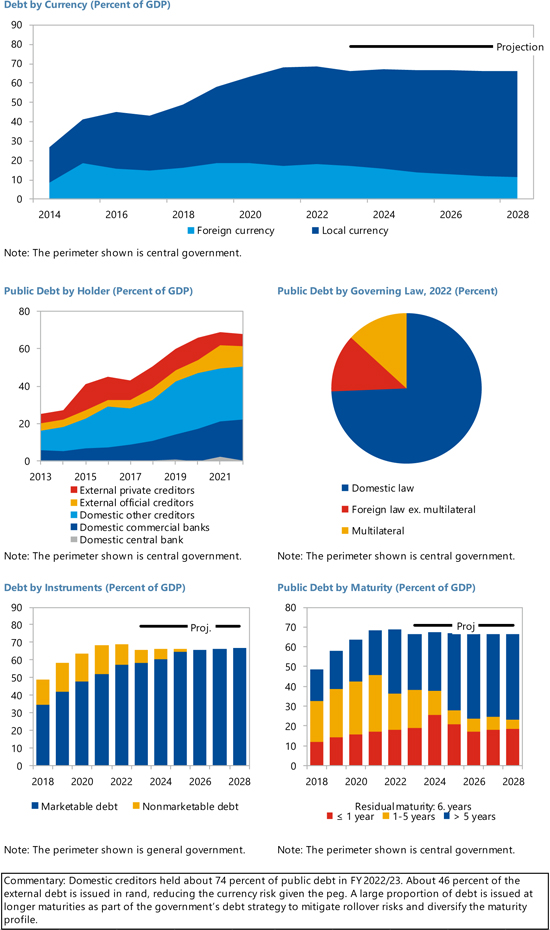

**Automotive Sector Projections for FY26: Effects of Tariffs and IMF Strategies**
The worldwide automotive sector is currently at a pivotal point as it maneuvers through a complex network of economic, geopolitical, and regulatory hurdles. Looking forward to Fiscal Year 2026 (FY26), two principal factors are expected to greatly affect the industry’s course: the enforcement of tariffs and changing International Monetary Fund (IMF) strategies. This article delves into how these components are influencing the outlook for the automotive field, concentrating on global trade patterns, production expenses, consumer interest, and investment tendencies.
—
### Global Tariffs: A Complex Challenge
#### 1. Trade Conflicts and Protectionist Policies
In recent years, the rise of protectionist attitudes has resulted in the enactment of tariffs on automotive imports and exports, especially among major economies like the United States, China, and the European Union. These tariffs, aimed at safeguarding local industries, have disrupted worldwide supply chains and elevated vehicle production costs.
By FY26, it is anticipated that many of these tariffs will still be active or may even increase, particularly due to ongoing geopolitical tensions and national security issues. For instance, the U.S. might persist in enforcing Section 232 tariffs on steel and aluminum, which have a direct effect on vehicle manufacturing costs. Likewise, retaliatory tariffs from trade partners could obstruct exports from significant auto-producing nations, such as Germany, Japan, and South Korea.
#### 2. Influence on Consumer Pricing and Demand
Tariffs generally result in higher production expenses, which are frequently transferred to consumers via increased vehicle prices. This could suppress consumer demand, particularly in markets sensitive to pricing. In FY26, automakers might encounter the challenge of balancing profit margins with affordability, especially as inflationary challenges continue in various locations.
—
### IMF Strategies: Economic Stabilization and Market Influence
#### 1. Monetary Policy and Interest Rates
The IMF significantly influences global economic policy through its support of monetary and fiscal measures. In response to inflation and economic unpredictability, the IMF has encouraged tighter monetary policies in multiple nations. By FY26, interest rates are projected to stay relatively elevated compared to pre-pandemic figures, which could influence auto financing and leasing.
Increased interest rates render car loans more costly, potentially decreasing vehicle sales, especially in emerging markets where credit remains hard to access. Automakers may need to provide more appealing financing solutions or shift their focus to regions with more advantageous lending circumstances.
#### 2. Emphasis on Structural Reforms and Eco-Friendly Transition
The IMF has also stressed the significance of structural reforms and sustainable development. Numerous policy recommendations advocate for government investment in green infrastructure and reductions in carbon emissions. This aligns with the worldwide movement towards electric vehicles (EVs) and cleaner transportation modes.
By FY26, IMF-supported initiatives may motivate countries to establish stricter emissions regulations and offer incentives for EV adoption. While this opens doors for innovation and growth in the EV sector, it also demands considerable investments in battery technology, charging infrastructure, and workforce retraining.
—
### Regional Forecasts
#### North America
The U.S. automotive sector is anticipated to see moderate expansion, bolstered by strong domestic demand and governmental incentives for EVs. Nevertheless, tariffs on imported components and materials could limit profit margins. Canada and Mexico, as significant stakeholders in the USMCA trade agreement, might reap benefits from enhanced regional integration.
#### Europe
European automotive manufacturers are projected to face a mixed outlook. While the EU’s Green Deal and carbon neutrality objectives promote EV advancement, persistent trade disagreements and energy costs present hurdles. Tariffs on Chinese EVs, for example, could restrict competition but simultaneously elevate consumer prices.
#### Asia-Pacific
China, the largest automotive market globally, is expected to maintain its leadership in EV production. However, trade restrictions and IMF-driven fiscal tightening in neighboring countries may dampen regional growth. Japan and South Korea are likely to concentrate on innovation and diversification of exports to counter the effects of tariffs.
—
### Strategic Actions by Automakers
To effectively navigate the FY26 environment, automotive manufacturers are implementing various strategic initiatives:
– **Supply Chain Localization**: Minimizing dependence on cross-border components to evade tariffs and enhance supply chain resilience.
– **Investment in Electric Vehicles**: Aligning with IMF-supported sustainability objectives and consumer preferences for cleaner transportation options.
– **Adaptable Manufacturing**: Modifying production processes to cater to diverse vehicle types and regional standards.
– **Digital Advancement**: Utilizing AI and data analysis to optimize operations and improve customer interactions.
—
### Conclusion
The automotive sector in FY26 will be shaped by a careful equilibrium of protectionist trade measures and global economic reforms. Tariffs may continue to disrupt conventional manufacturing and trading practices, while IMF strategies could steer the industry toward sustainability and fiscal responsibility. Automakers that proactively adapt to these developments—through innovation, strategic collaborations, and operational flexibility—will be best equipped to flourish in this changing landscape.
As the world moves toward a greener and more interconnected future, the automotive industry






